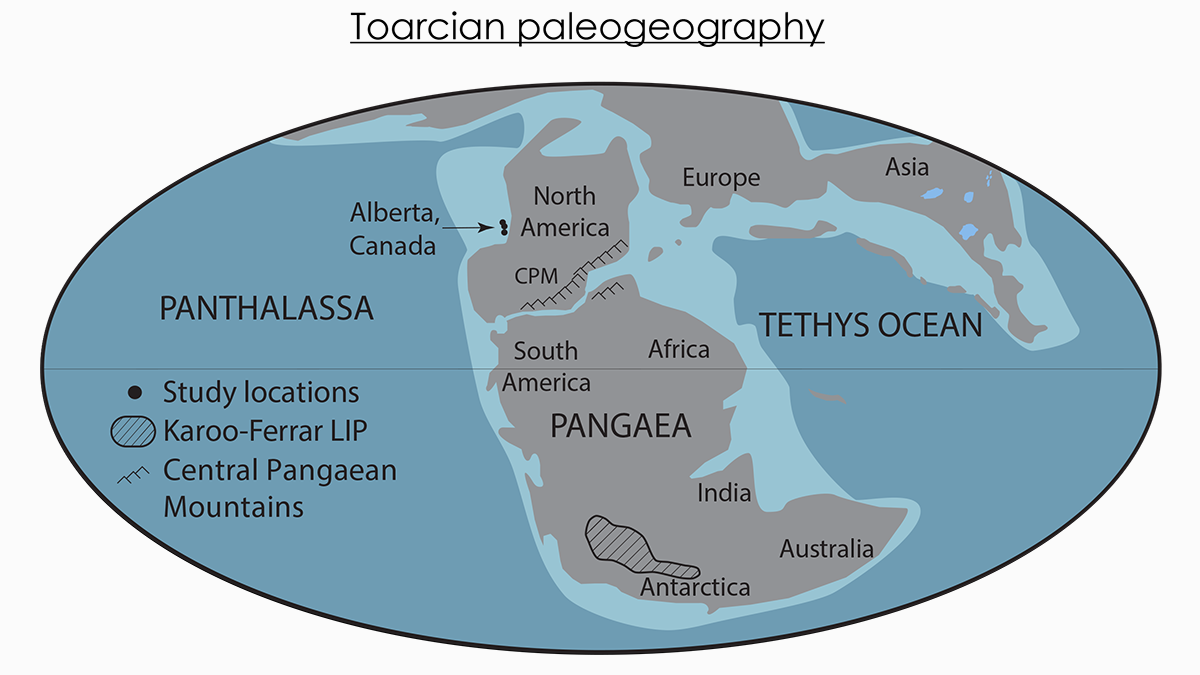Source: AGU Advances
Editors’ Highlights are summaries of recent papers by AGU’s journal editors.
The early Jurassic Toarcian ocean anoxic event around 180 million years ago was one of the most catastrophic anoxic events during the Mesozoicum. Using new records of the redox-sensitive redox metal molybdenum (Mo), Them et al. [2022] reconstruct the temporal evolution of the total ocean inventory of molybdenum. They suggest that the ocean has lost 41 Gt of Mo during this anoxic event, which implies a total burial of more than 200,000 Gt of organic carbon. They argue that this is only possible if at least 3% of the ocean floor was euxinic, i.e., having conditions in which oxygen is completely depleted and H2S is present. Given that molybdenum is an essential element for many organisms, such a loss of it from sea-water during anoxic/euxinic events poses a major threat for marine life, potentially contributing to the mass extinction that typically characterizes such events.
Citation: Them, T. R., Owens, J. D., Marroquín, S. M., Caruthers, A. H., Alexandre, J. P. T., & Gill, B. C. [2022]. Reduced marine molybdenum inventory related to enhanced organic carbon burial and an expansion of reducing environments in the Toarcian (Early Jurassic) oceans. AGU Advances, 3, e2022AV000671. https://doi.org/10.1029/2022AV000671
—Nicolas Gruber, Editor, AGU Advances

